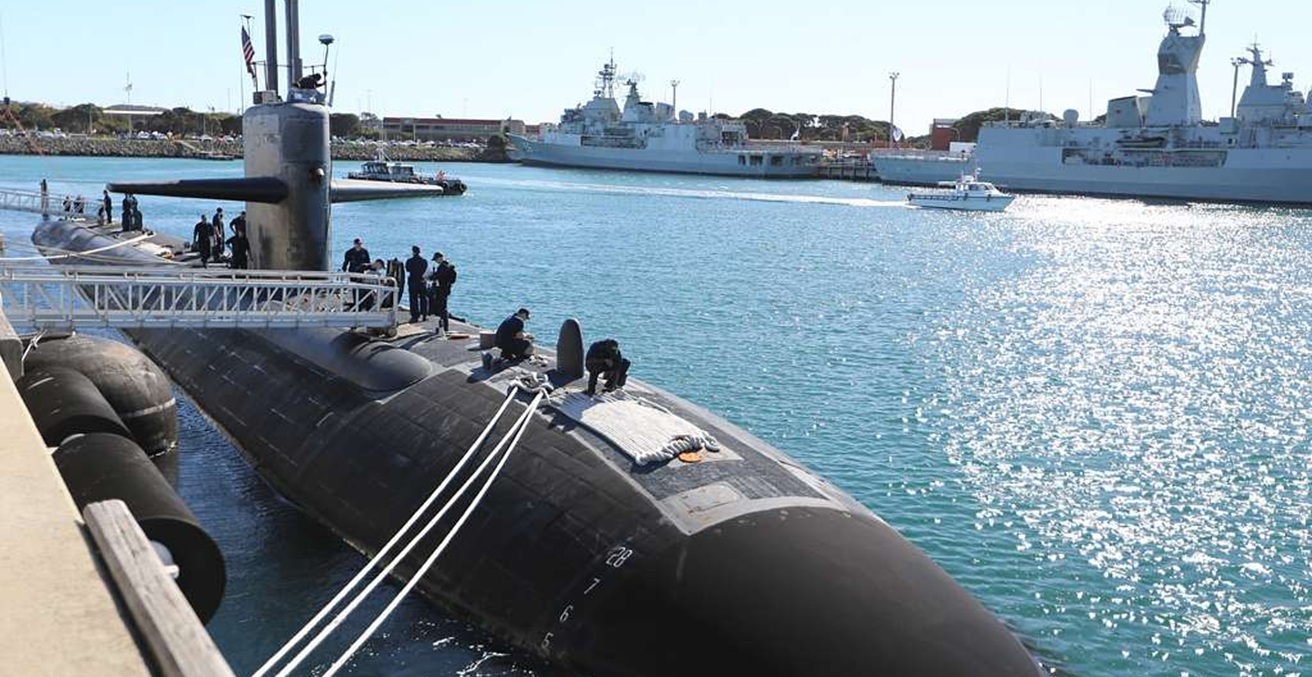China has regularly published official maps to “correct” what it views as “problematic maps” that it claims misrepresents its territorial borders. The August 2023 map, published on China’s Ministry of Natural Resources website, includes the entirety of the South China Sea (SCS), Taiwan, the Indian state of Arunachal Pradesh, and the disputed Aksai-Chin plateau.
Expectantly, affected nations have voiced their displeasure, with the Philippines Foreign Affairs Ministry noting that the “latest attempt to legitimize China’s purported sovereignty and jurisdiction around Philippine features and maritime zones has no basis under international law.” India, the first country to complain, lodged a “strong protest” with Beijing with the Foreign Secretary Arindam Bagchi claiming that “we [India] reject these claims as they have no basis.”
Malaysia’s Ministry of Foreign Affairs also chimed in and dismissed China’s “unilateral claims” and commented that “Malaysia is consistent in its position of rejecting any foreign party’s claims to sovereignty, sovereign rights and jurisdiction on Malaysia’s maritime features.”
China responded in a gaslighting manner, with foreign affairs spokesperson Wang Wenbin saying that “we [China] hope relevant sides can stay objective and calm, and refrain from over-interpreting the issue.”
Of note, Taiwan’s Foreign Ministry remarked that “the Republic of China [ROC], is a sovereign and independent country and is not affiliated with the People’s Republic of China [PRC].” This statement is fact, and there is no doubt that Taiwan is presently separate from China. However, if Taiwan claims that it is not affiliated with the PRC, then it rasies the question: why do Taiwan’s official maps include the entirety of mainland China, present-day Mongolia, the SCS, and more?
Origins of the SCS claim
Bill Hayton argues that the origin of the nine-dash line was found in a map from the New Atlas of China’s Construction and was published in 1936 by Bai Meichu, a Chinese cartographer and founder of the China Geography Society. This map also reflected the ROC’s territorial claims.
As the ROC later retreated to Taiwan, the Nationalist government continued to assert its sovereignty over modern maritime claims and included these claims in its 1947 Constitution, which remains in effect today.
Taiwan and China on the same side?
Only Taiwan supports China’s legal claims in the SCS. The current Taiwanese government has given tacit support to Beijing’s expansive claims in the region by continuing to adhere to identical claims, and more.
China has settled territorial disputes with Mongolia, Russia, Pakistan, and some Central Asian states. Taiwan, (in part owing to its recognition dilemma), by contrast, has not clearly settled its territorial disputes.
In July 2016, the Permanent Court of Arbitration ruled in favour of the Philippines against the PRC’s SCS claims. The international tribunal at The Hague also determined that all of the islands in the Spratly Islands group, including Taiping Island, has the legal designation of “rocks,” and do not meet the definition of “islands” under the United Nations Convention on the Law of the Sea (UNCLOS), which would entitle whoever owns the islands to a 200-nautical mile exclusive economic zone.
The tribunal also found that there was “no legal basis for China to claim historic rights to resources,” as the PRC or the State of China had never exercised exclusive authority over SCS waters. Despite having ratified UNCLOS, Beijing does not abide by the tribunal’s rulings and continues to engage in military intimidation in the waters.
Interestingly, Taiwan also rejected the ruling, though this stems from its inability to voice its perspective and was not given the opportunity to provide information to the tribunal. Taiwan’s government, under the pro-independence Democratic Progressive Party (DPP), strongly insisted that Taiping Island, which possesses freshwater, fertile soil, crops, and livestock – fulfilled the definition of “island” under UNCLOS and can independently support human habitation and economic life.
Taiwan reiterated that it “holds sovereignty over the South China Sea islands and their surrounding waters.” President Tsai Ing-wen doubled down on her government’s stance by boarding a naval ship shortly after the tribunal’s ruling and visited islands controlled by Taiwan.
Beijing, which shares the ROC’s rejection, praised Taiwan’s firm stance on the issue.
Taipei’s SCS position
Tsai’s government has incrementally scaled backed Taiwan’s claims – but it has only done so in subtle and indirect ways. Taipei has largely focused on territories it presently controls, namely Taiping and the Dongsha Islands. While some activities on these islands, such as constructing airstrips and holding live-fire military exercises, have invited complaints from Vietnam and other countries, they are a far cry from the PRC’s construction and militarisation of islands in the SCS.
Apart from taking a far less confrontational approach than China, Taiwan has made subtle shifts in its reference to claims in the SCS, while maintaining the cross-strait status quo. Particularly, the Tsai government has moved away from mentioning the “U-Shaped line” and “historical waters,” language used often by Ma Ying-jeou as leader of the Kuomintang government.
Taiwan has also implicitly discontinued its SCS claims following the 2005 suspension of the ROC’s 1993 Policy Guidelines for the SCS. Assistant Professor in international law Chi-Ting Tsai from the National Taiwan University notes that regardless of this discontinuation, the Guidelines were merely suspended and leaves the possibility that Taiwan’s U-Shaped claim can be revived.
Separately, Taiwan also informally relinquished its claims over Mongolia and subsequently established unofficial ties with Ulan Bator.
Renouncing territorial claims
A DPP government may officially disavow the 9 Dash Line as a basis for claiming legal rights in the region. Claiming the legal existence of the Line ultimately creates more headaches than benefits for Taiwan. This renunciation can take shape through official announcements or by endorsing the views of scholars who have long urged Taiwan to abandon the claims.
Ending its territorial claims as well as explicitly recognising the PRC’s sovereignty can have significant foreign relations and national security implications. First, the United States and other SCS claimants would likely welcome such a move.
State-building Party Chairman Wang Hsing-huan noted in August 2023, that at present, Taiwan’s judicial system cannot treat Chinese espionage as foreign aggression due to Taiwan’s failure to recognise the PRC as a foreign nation and designate this in law. Consequently, Taiwan is legally ill-equipped to address the rampant Chinese infiltration issue, and further compromises the island’s national security.
However, despite the obvious benefits to renouncing the SCS and other claims, there are potential risks. Taiwan’s claims are tied to its historical identity as the Republic of China, which will directly impact cross-strait relations.
Should Taiwan relinquish its claims, it would raise questions of whether the ROC is changing its national borders and moving to official Taiwanese independence. The PRC’s 2005 Anti-Secession Law explicitly states that any such move will be met with force to safeguard “national unity.”
Moving forward
Taipei has a chance to strengthen relations with other littoral countries in the SCS, and increasing its credentials as a good international citizen worthy of greater diplomatic engagement.
By renouncing its unrealistic territorial claims, Taiwan can indicate that it is moving away from its ROC historical legacy and fully embracing its separate indigenous Taiwanese identity, and engaging the world under this new position. In doing so, Taiwan would be driving toward new international manoeuvrability.
Samuel Ng is a Westpac Asian Scholar for Taiwan and final year student of a Bachelor of Laws (Honours) and Bachelor of International Business at the Queensland University of Technology. He has previously undertaken academic exchange at the National Chengchi University in Taipei, Taiwan, studying Taiwanese diplomacy and political history.
This article is published under a Creative Commons Licence and may be republished with attribution.




